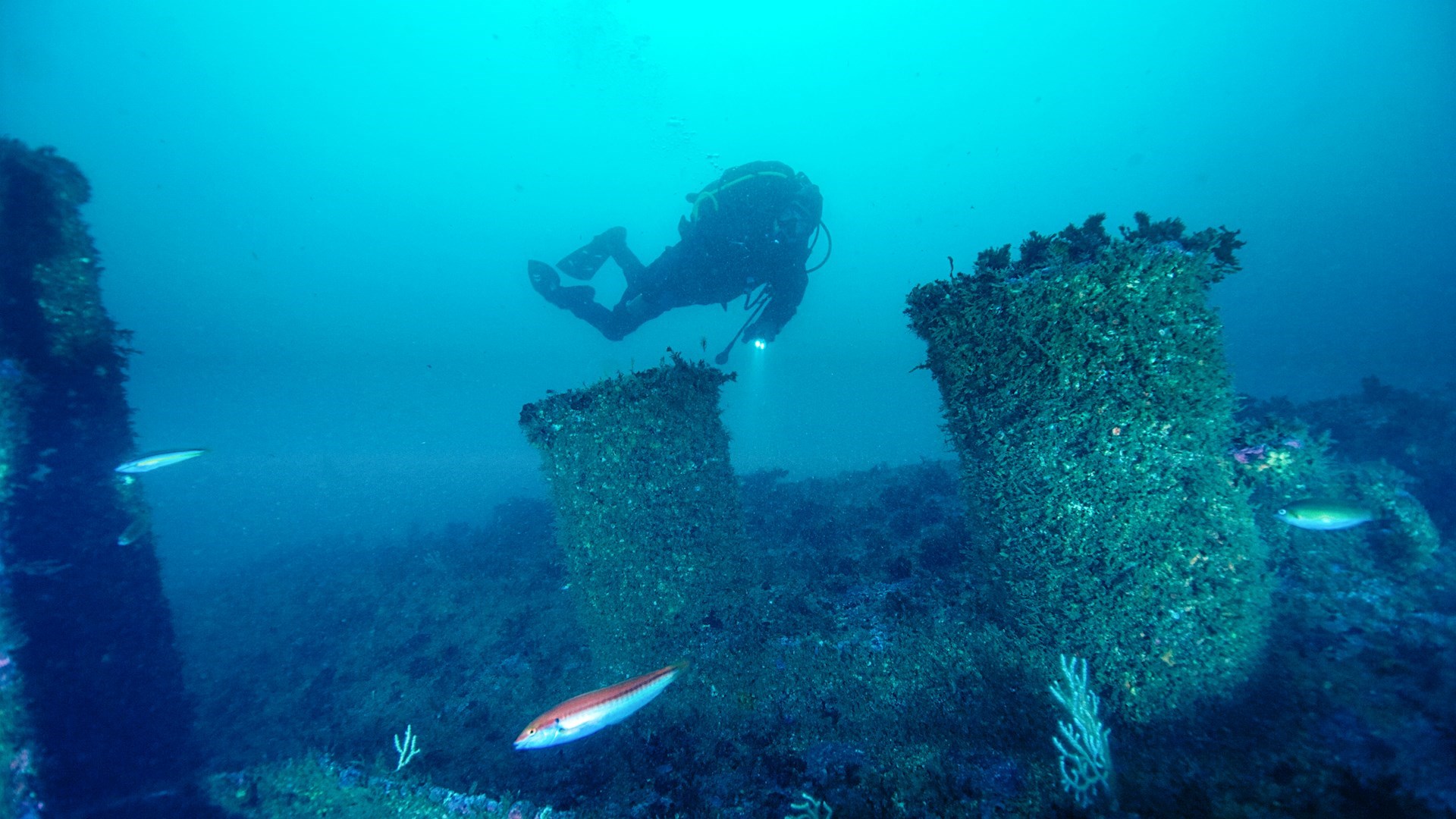Building capacity and skills for the conservation and management of underwater heritage
Water World

This project will develop a new approach at national level of safeguarding, protection, conservation, in situ preservation, monitoring, and dissemination of the archaeological nautical and underwater heritage.
It is divided into four main components:
- Training and capacity building programme for different approaches to underwater management, conservation, and dissemination;
- Conservation and monitoring underwater heritage;
- Cultural maritime landscape management;
- Dissemination, publication, and access to underwater heritage:
- Non-digital: returning cultural assets to local communities to be exhibited in national and local museums, installing underwater heritage itineraries for divers and integrate them in dive tourism, street exhibitions within fishing communities from where the assets originate;
- Digital: improve the archive information into an existing online database in order to disseminate underwater heritage to a broader public. Develop 3D modeling and virtual reconstruction to facilitate the visualization of underwater archaeological sites for non-divers.
Through the cooperation with the Donor States, the project intends to establish partnerships with institutions and personnel dedicated to the research, management, and conservation of underwater archaeological heritage, stimulating the interest of the academies in teaching nautical and underwater archaeology in general, and specifically the conservation and restoration of this heritage.
The goal is to document archaeological sites in coastal zones with photogrammetric methods, geophysical surveys, GPS and GIS surveying. This systematization and evaluation will allow developing methods for in situ conservation using photogrammetry, site preservation and in situ monitoring with the Donor States at previously selected archaeological sites.
Related Content